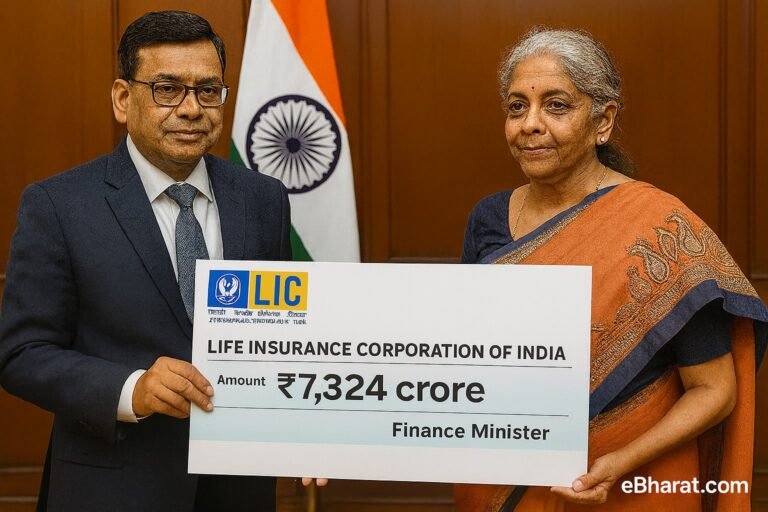
In 2025, financial markets in India are evolving rapidly, and insurance companies are expected to play a bigger role as institutional investors. Yet, despite receiving regulatory approval from the Insurance Regulatory and Development Authority of India (IRDAI) six months ago, insurers remain cautious about using new investment tools like equity derivatives and bond forward rate agreements (FRAs).
This conservative stance highlights the balancing act insurers face—protecting policyholder money while exploring new avenues for better returns.
What’s Holding Insurers Back?
In October 2024, the IRDAI allowed insurers to diversify into derivatives and bond futures to strengthen portfolio hedging and risk management. However, adoption has been slower than expected. Industry experts cite three main reasons:
- Market Volatility – Uncertain global economic trends and fluctuating interest rates have made insurers wary of entering risky markets.
- Lack of Expertise – Many insurers do not yet have trained teams to manage complex derivatives and futures instruments.
- Regulatory Compliance Concerns – Insurers must strictly follow solvency margins and prudential norms, making them extra cautious with capital.
Industry Sentiment
Executives at both life and general insurance companies have expressed that while the regulatory nod opens new doors, rushing into derivatives could backfire.
A Chief Investment Officer (CIO) at a leading life insurer said:
“We don’t want to rush into derivatives just because regulations allow it. For us, capital safety comes first—especially when we are managing policyholder funds.”
General insurers echoed similar concerns, pointing to volatile bond yields and uncertain interest rate movements as reasons to delay.
Why This Hesitation Matters
Insurers collectively manage trillions of rupees in long-term household savings, making them among India’s largest institutional investors. Their cautious stance shows:
- A preference for safety over chasing high returns.
- Possible missed opportunities in hedging risks effectively.
- A delayed pace of innovation in India’s insurance investment strategies.
👉 Related: Why Insurers Prefer 5% GST Slab Over Full Exemption
Impact on Policyholders
While this debate may seem technical, it indirectly affects millions of policyholders:
- Lower Risk = More Safety – Insurers are prioritizing capital protection, ensuring that policyholder money is not exposed to excessive risk.
- Slower Adoption = Slightly Lower Returns – Products like ULIPs (Unit-Linked Insurance Plans) and market-linked insurance products may see conservative returns in the short term.
This cautiousness can be frustrating for growth-focused investors but reassuring for those who value stability.
Expert Views
Market analysts believe insurers will eventually adopt these tools—but gradually. Expected steps include:
- Training investment teams in derivatives.
- Running pilot programs with limited exposure.
- Partnering with experienced market players like mutual funds or global investment firms.
Over time, equity derivatives and bond futures will likely become part of insurers’ core investment strategies, especially for hedging risks against interest rate and equity fluctuations
Final Word
For now, Indian insurers are taking a wait-and-watch approach, carefully weighing innovation against their responsibility to safeguard policyholder savings. While this may delay India’s move toward sophisticated insurance investments, it ensures policyholder trust remains intact.
📢 Should insurers take more risks to deliver better returns or stay conservative to protect policyholders? Share your views with us on Facebook or Twitter.













